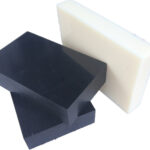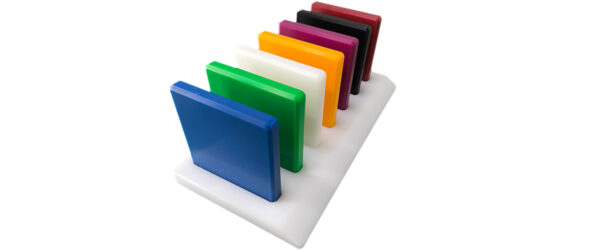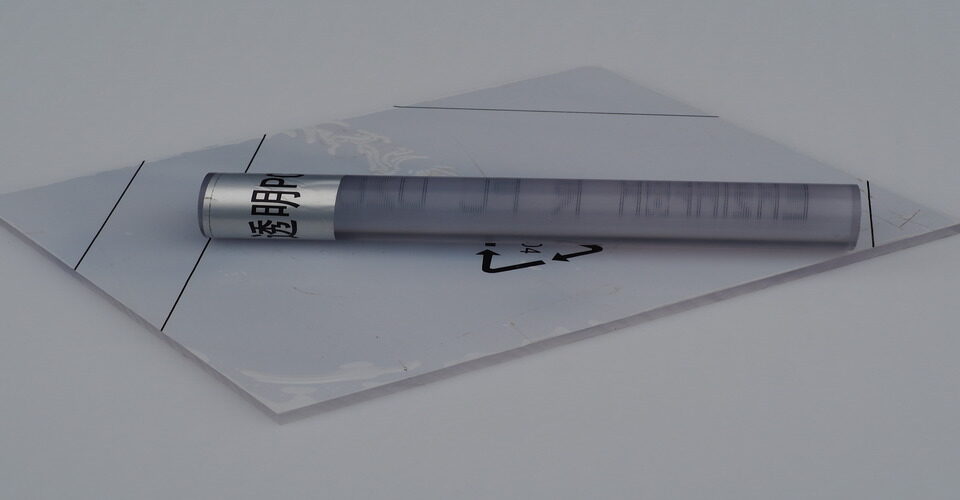
What is FR4 Plastic?
November 1, 2024
Is ABS Plastic Better Than PVC?
November 1, 2024High-Density Polyethylene (HDPE) is one of the most commonly used plastics, known for its strength and versatility. But is it safe for consumer use?

Chemical Composition
HDPE is made from petroleum, and its chemical structure makes it resistant to many solvents and chemicals. Importantly, it is free from harmful additives like BPA (Bisphenol A), which raises concerns in other plastics.
Food Safety
HDPE is widely used for food containers, such as milk jugs and water bottles. The U.S. Food and Drug Administration (FDA) has deemed it safe for food contact, as it does not leach harmful chemicals into food or beverages under normal conditions.
Recycling and Environmental Impact
HDPE is highly recyclable, often marked with the recycling code #2. It can be reused multiple times, reducing waste and environmental impact. However, the recycling process does require energy and resources, which should be considered in sustainability discussions.
Heat Resistance
While HDPE can withstand temperatures up to around 120°C (248°F), it can deform under high heat. Therefore, it is not suitable for microwave use unless specifically labeled as such.
Health Concerns
Research indicates that HDPE does not pose significant health risks when used correctly. However, like all plastics, it should not be exposed to extreme temperatures or harsh chemicals, which could compromise its integrity.
Conclusion
Overall, HDPE is considered a safe plastic for a wide range of applications, especially in food storage and packaging, making it a reliable choice for consumers and manufacturers alike.






